I have a speed sensor (pitot tube) that operates as described in the figure below.
My problem is that the resolution of the sensor is not good when read by the Arduino UNO ADC (around 2.75m/s.)
My solution would be, as we don't work with negative pressures, to offset the whole signal by -2.5V so it only reads positive pressures, then amplify by a 2x factor so we cover the whole 0-5V spectrum of the Arduino, and try to protect the Arduino from the negative voltages that may arise for some reason.
Keep in mind that it's an embedded application.
Do you guys think this is a valid idea, do you have any other solution? How could I implement it? I just started as an intern.
